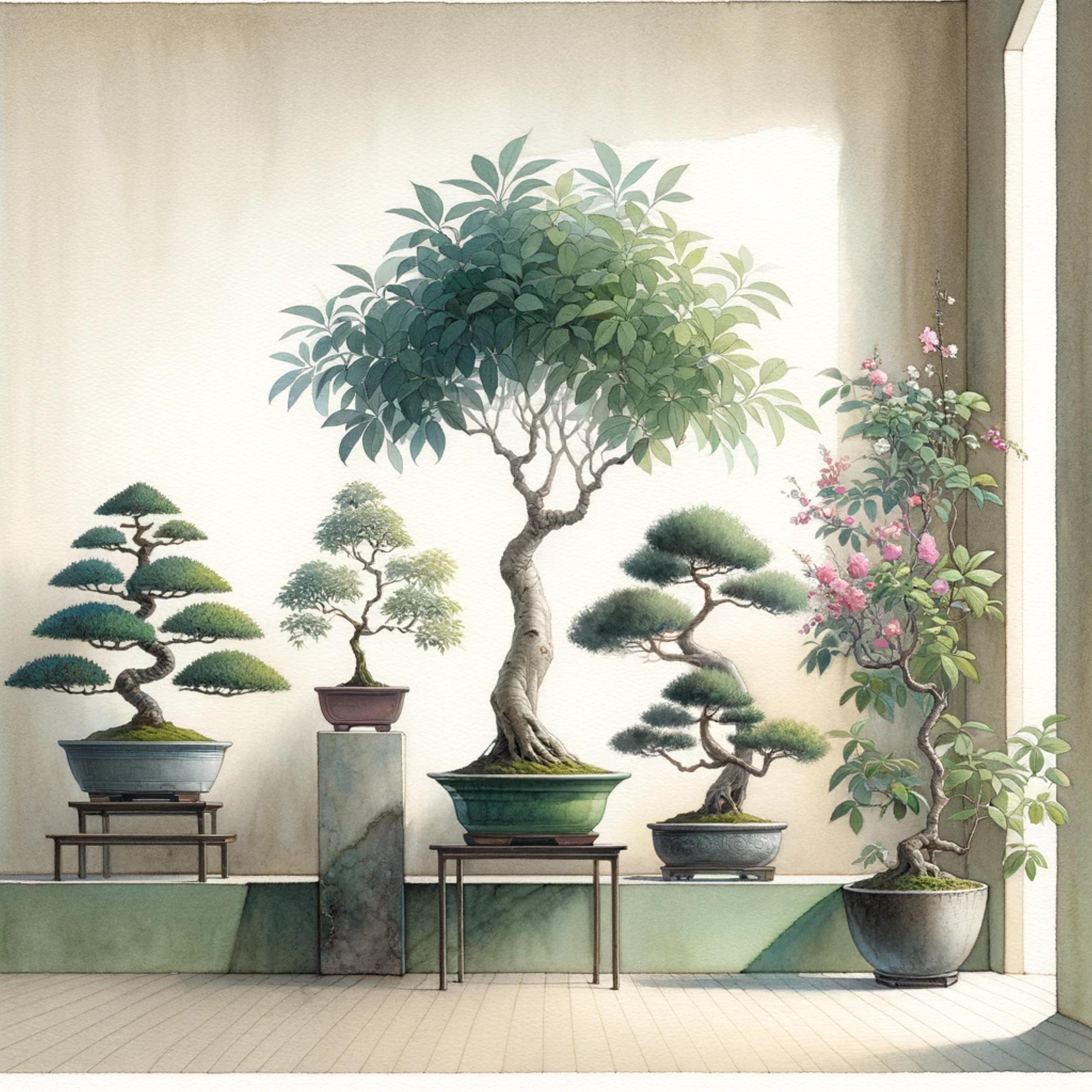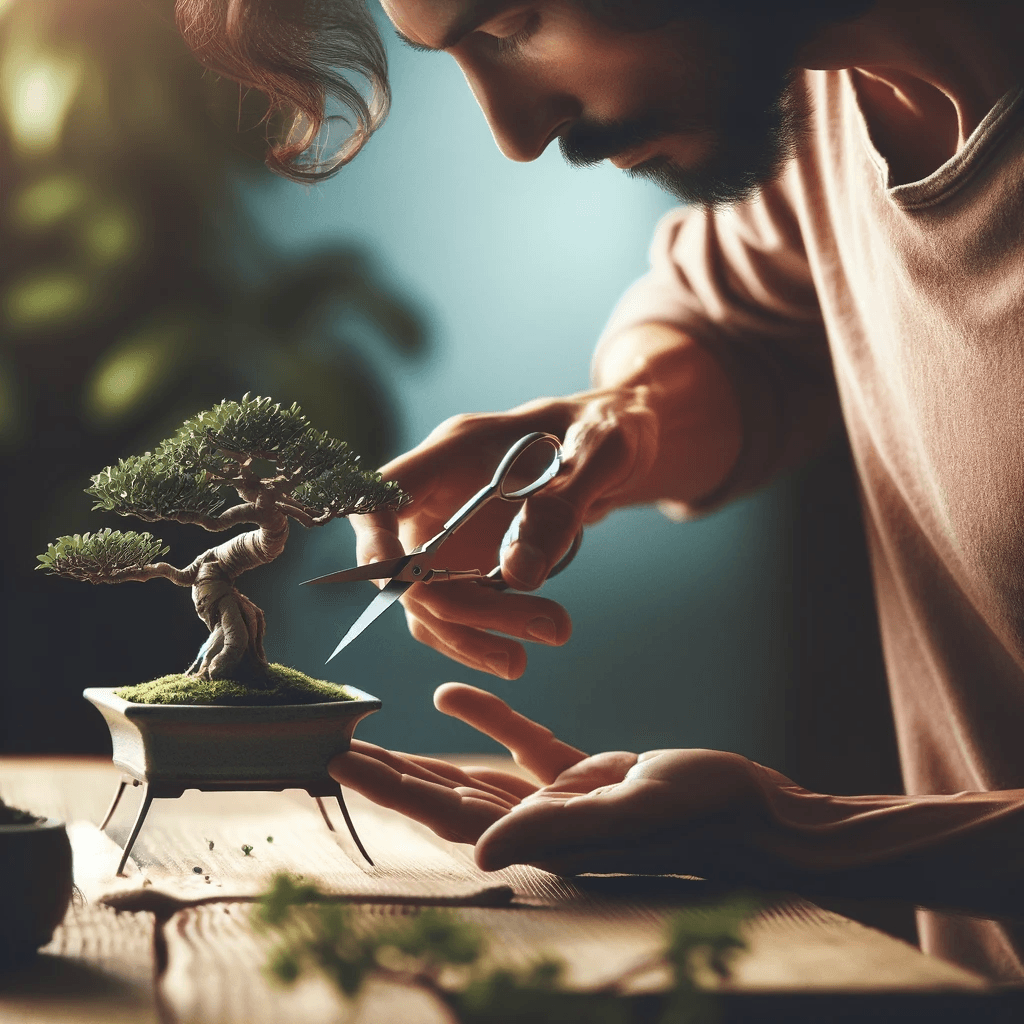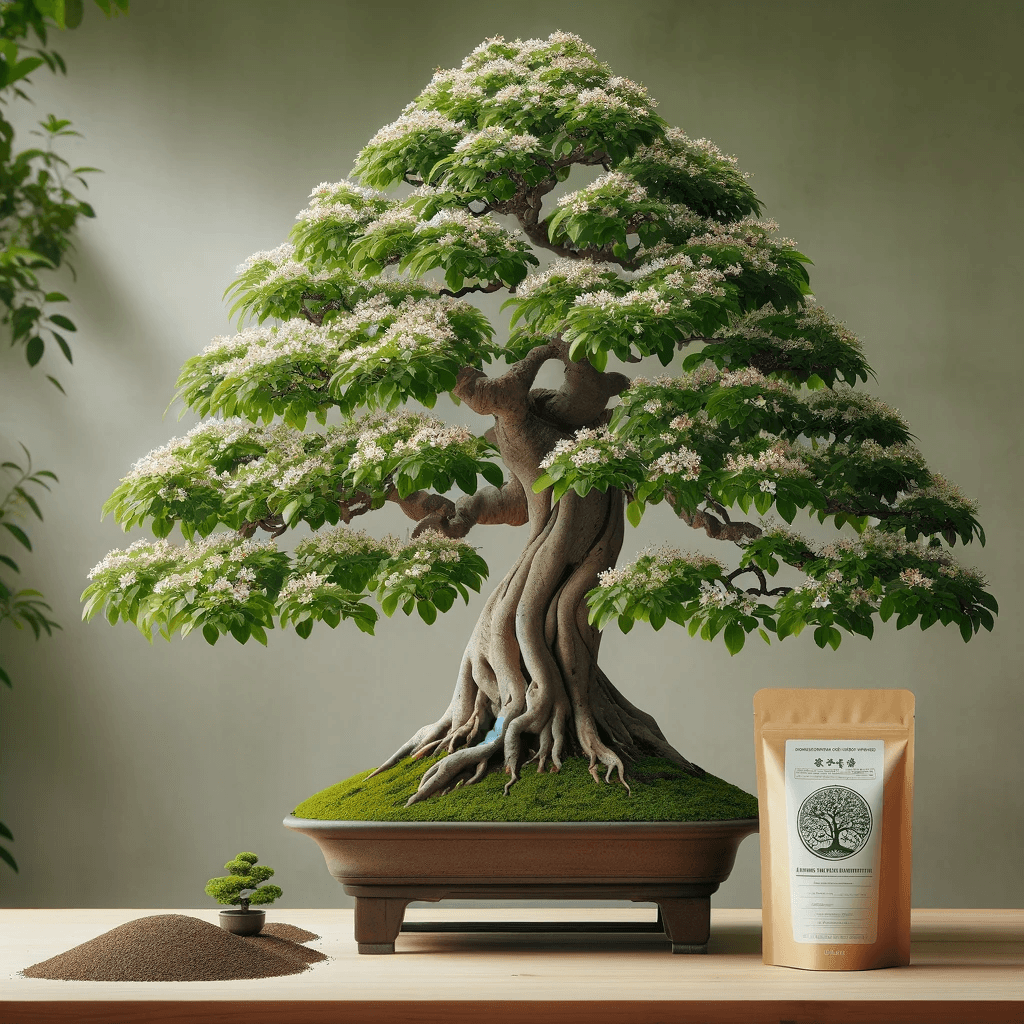Can Bonsai Live Indoors? The Complete Guide to Thriving Miniature Trees Inside

Bonsai trees, with their delicate beauty and ancient allure, have captivated people for centuries. But if you're new to this art form, you might wonder:can bonsai live indoors? The answer, like most things in life, is nuanced. While some species thrive indoors, others require the seasonal cycles of outdoor life. This guide will shed light on everything you need to know about keeping bonsai happy and healthy inside your home.
Bonsai Suitable for Indoor Living:
Not all bonsai trees are created equal when it comes to indoor life. Tropical and subtropical species, accustomed to consistent temperatures and humidity, generally adapt well. Here are some popular indoor-friendly choices:
- Ficus: This versatile tree tolerates low humidity and comes in various styles, making it a great beginner's choice.
- Jade: Known for its easy care and thick, fleshy leaves, jade bonsai adds a touch of whimsy to any room.
- Fukien Tea: This miniature evergreen boasts delicate white flowers and thrives in bright, indirect light.
- Schefflera: This tropical beauty features glossy leaves and requires minimal pruning, making it perfect for busy lives.
- Sweet Plum: With its cascading branches and dainty pink flowers, the sweet plum bonsai adds a touch of elegance to any indoor space.
Creating the Right Indoor Environment:
Even indoor-friendly bonsai need specific conditions to thrive. Here are some key factors to consider:
- Light: Most bonsai require several hours of bright, indirect sunlight daily. Place your tree near a south-facing window or consider using grow lights.
- Humidity: Dry indoor air can be detrimental to bonsai. Use a humidifier, pebble tray, or mist regularly to increase humidity levels.
- Temperature: Aim for consistent temperatures between 65°F and 75°F. Avoid drafts and keep your bonsai away from heating vents and air conditioners.
- Watering: Water your bonsai when the top inch of soil feels dry. Overwatering can lead to root rot, so ensure proper drainage.
- Fertilizing: Use a diluted bonsai fertilizer during the growing season (spring and summer) and avoid fertilizing during dormancy (winter).
Tips for Indoor Bonsai Success:
- Rotate your bonsai regularly: This ensures even growth and light distribution.
- Prune regularly: Maintain the desired shape and encourage healthy growth.
- Repot every few years: This provides fresh soil and nutrients for your bonsai.
- Pay attention to pests and diseases: Inspect your bonsai regularly and treat any issues promptly.
Bonsai Not Suitable for Indoors:
While many bonsai species adapt well to indoor life, some require the seasonal changes of outdoor living. These include:
- Maples: These deciduous trees need a period of dormancy in cold temperatures to produce vibrant fall foliage.
- Junipers: These conifers thrive in cooler temperatures and benefit from exposure to winter dormancy.
- Pines: Similar to junipers, pines require cooler temperatures and winter dormancy to maintain their health.
Read More

Top Bonsai TikTok Accounts You Need to Follow in 2024

Branching Out: Essential Tools and Techniques for Bonsai Pruning

Master the Art of Miniature: A Guide to Choosing the Right Bonsai Fertilizer
BonsaiCourses.com is dedicated to offering comprehensive educational content on bonsai art and cultivation. While our site may include affiliate links for bonsai products and tools, our recommendations are based on our expertise and commitment to quality. As an Amazon Associate I earn from qualifying purchases. Any purchases made through these links may earn us a commission at no extra cost to you.